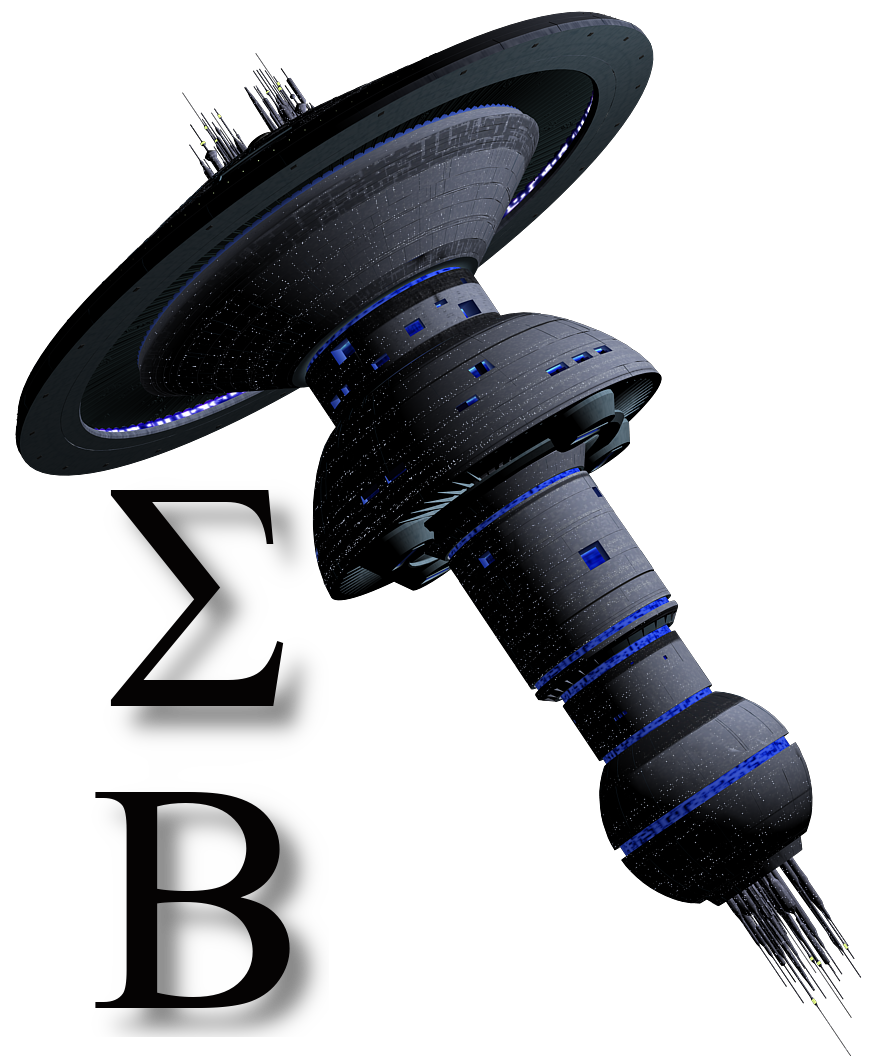Section 4.4.1 requires documentation of quality management processes and their “sequence and interaction.”
Now, what does that mean?
Processes have inputs and outputs and are managed by a series of activities. For instance, Verification of Purchased Product, 7.4.3, is a process (dinosaurs who wondered the earth during the ISO9000:1994 era refer to this as receiving inspection). This process has inputs such as supplier evaluation, prints and purchase orders. The outputs may include a receiving inspection log, tags, labels and routers. Activities usually include receiving, inspecting, documenting, identifying and staging.
Where do we start?
First, assign a team that represents all departments.
Next, draw a “sequence of processes flowchart.” This is simply a diagram of the major processes in your system from Quoting to Shipping. This is also called a “line-of-sight diagram.”
Now, diagram the activities associated with each step. Be sure to include all departments in this exercise.
Break this flowchart down into logical phases. Sales through contract review may be Phase 1. Design may be a stand alone phase. The size of your organization and the complexity of your products and processes will dictate the number of phases necessary. Insert decision boxes that allow for nonconforming product, engineering changes and other support activities.
Take each of the phases and list inputs and outputs where appropriate. Inputs may be customer documents, forms, procedures, work instructions, or outputs from previous processes. Some inputs may appear multiple times throughout different phases. For instance, a feasibility form may be an input to the quoting process as well as the planning process. Of course, Customer Requirements are an input to several processes.
Finally, determine where metrics (quality objectives) should be established. Inventory turns, quote turn-around time and on-time delivery are just a few of the possibilities. Be sure that you are measuring the effectiveness and efficiency of the process and not using a report that should be an output. Metric for calibration system could be the number of issues (internal/external) that were caused by a gage being out of calibration.
One IATF 16949:2016 Note: Linkages to support sites with interactions needs to be identified in the process descriptions, such as Corporate locations, Design Centers and Warehouses. This should also be a part of the ISO 9001: 2015 Process interaction diagrams.
This chart looks pretty busy!
It may be helpful to color code your flowcharts by responsible department or type of process (e.g., customer interaction process or support process).
Also, once you’ve diagrammed support activities, such as nonconforming product, you may want to “lift” this part of the flowchart off the diagram, make it a procedure, and simply reference the procedure at each inspection point.
How is this document best utilized?
The interaction diagram is a great tool for managing your quality management systems (see Section 5). The team, and this tool, will now function as a basis for: conducting internal process audits, identifying redundancies in your quality systems, assisting in lean manufacturing goals, determining potential failure modes (see preventive actions) and providing a baseline for continual improvement.
IATF 16949 – Audit planning and execution must be risk based and are defined as Quality Management System audits, manufacturing Process audits, and Product audits. . Again, this should also be a part of the ISO 9001: 2015Internal Audit as well.
For IATF 16949: 2016 remember to also review the Sanctioned Interpretations and applicable customer specific requirements.
Remember, the goals of the entire quality management system are customer satisfaction and continual improvement!
Definitions of the terms used in this article can be found in the ISO 9000 family of standards.
ISO9000:2015 – Fundamentals and Vocabulary
ISO9001:2015 – Requirements
ISO9004:2015 – Guidelines for Performance Improvements
